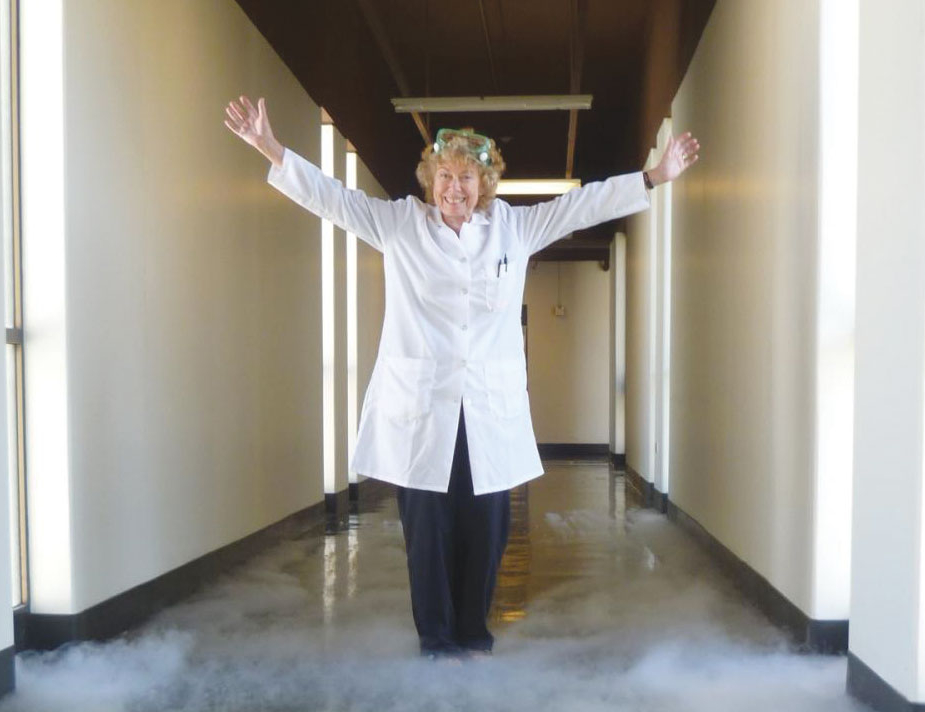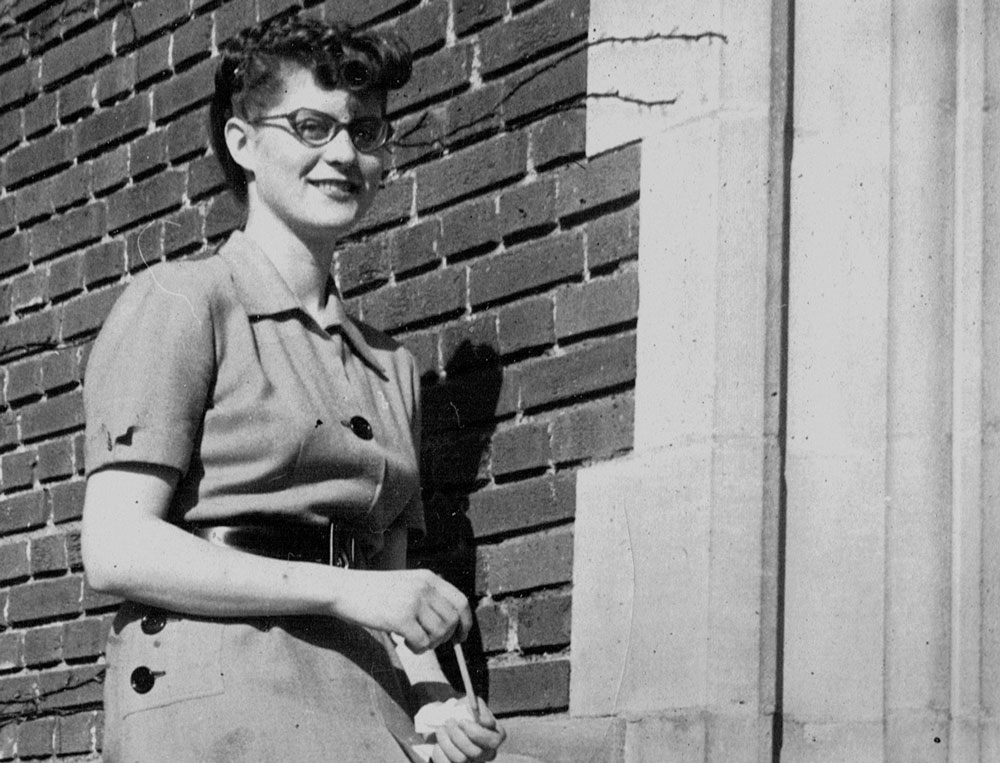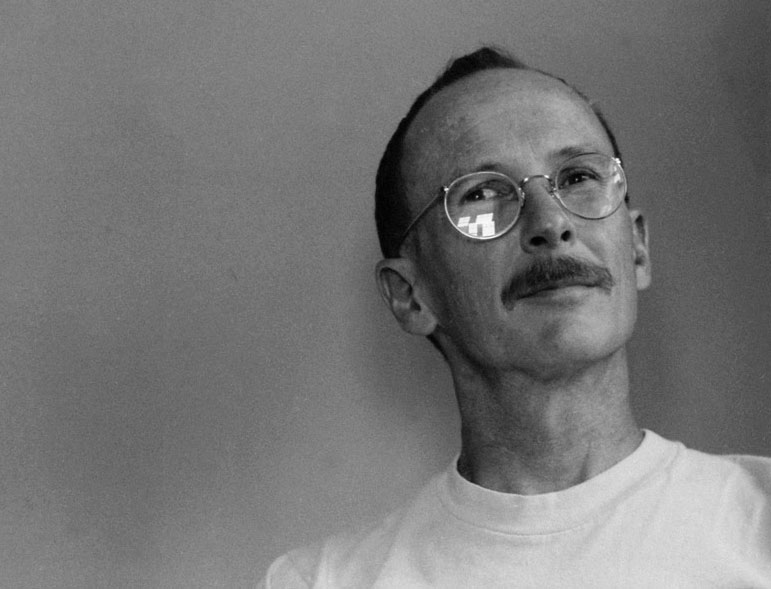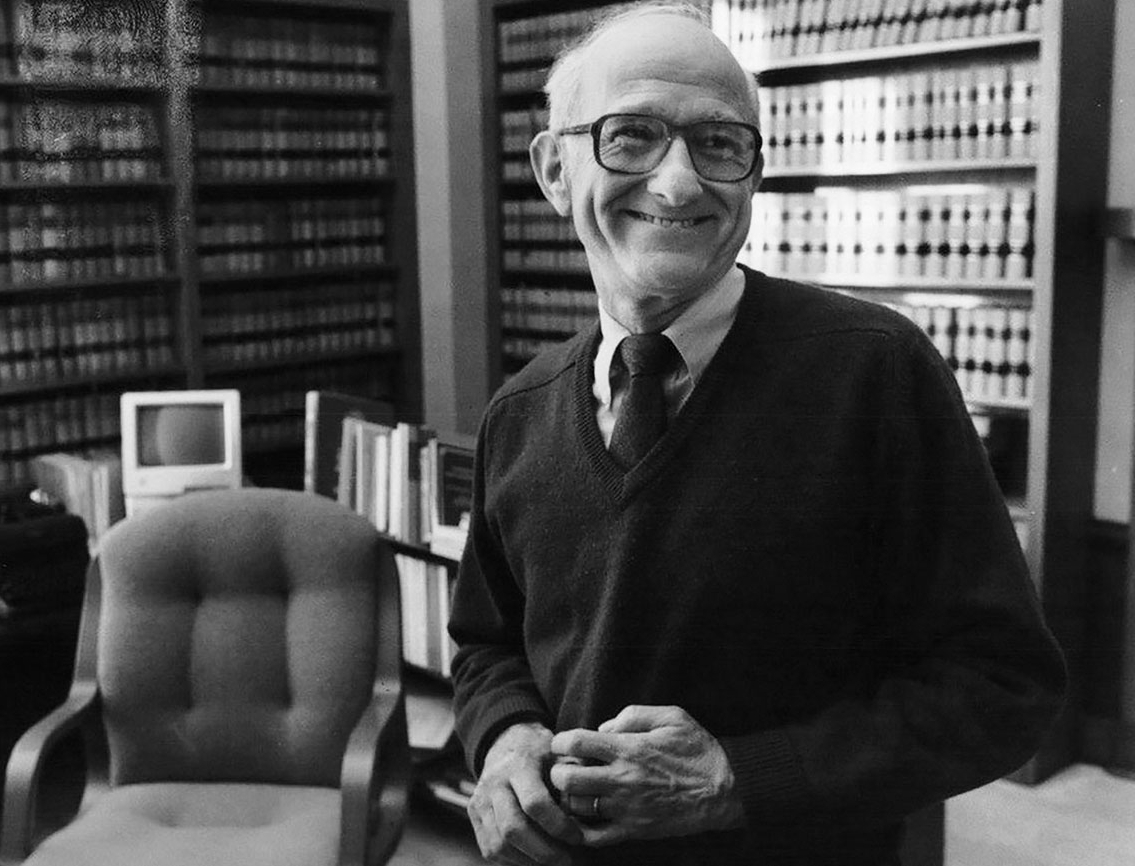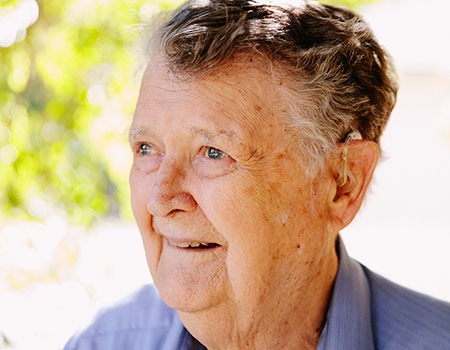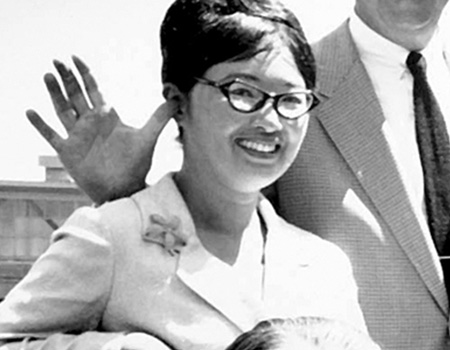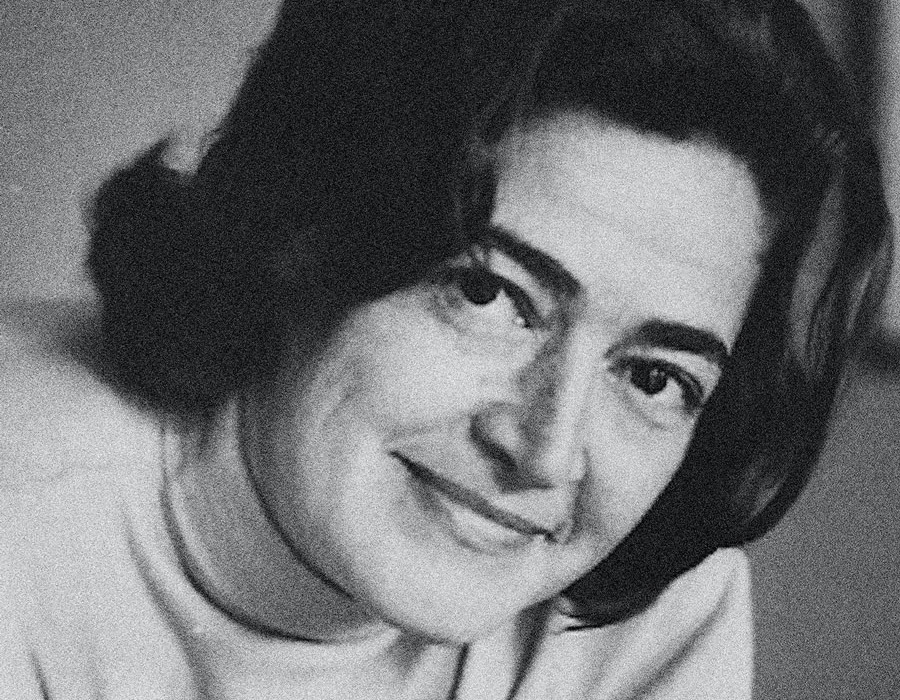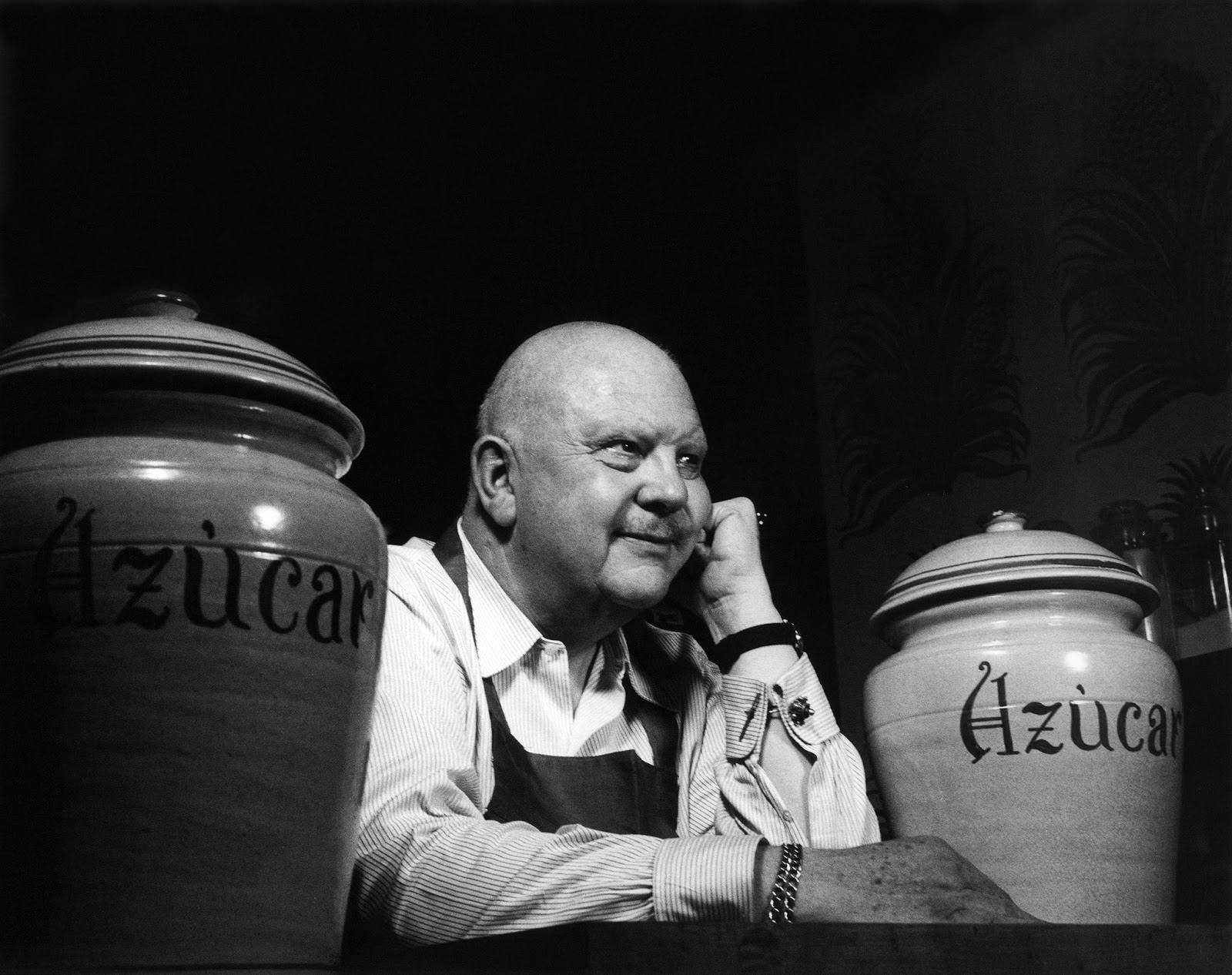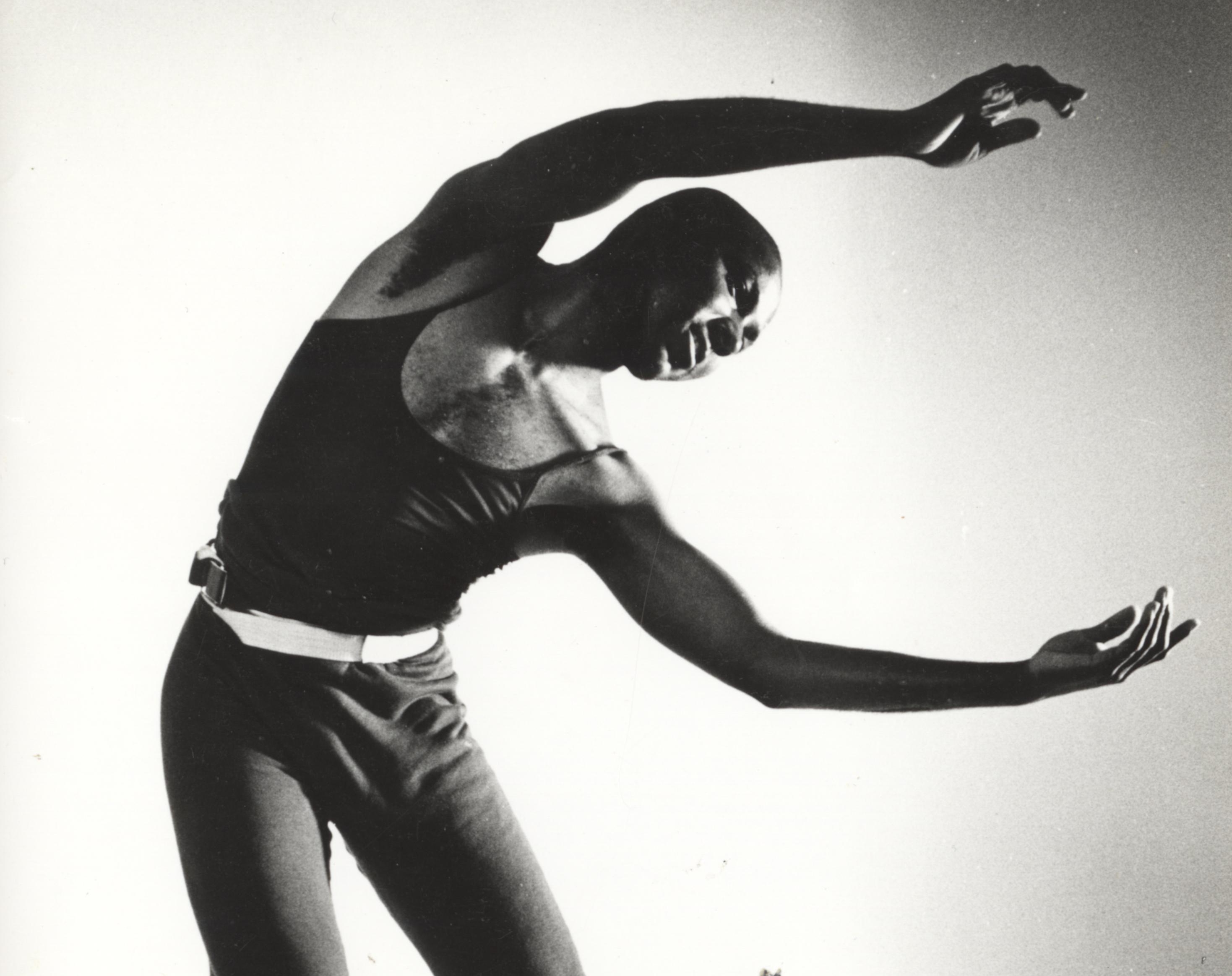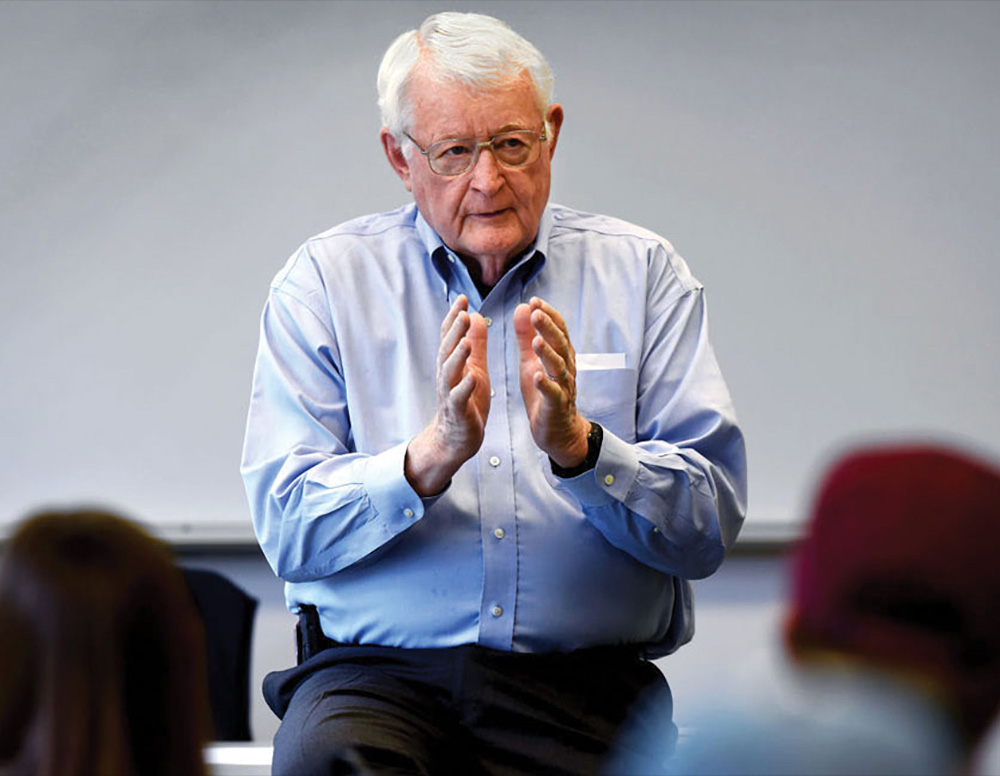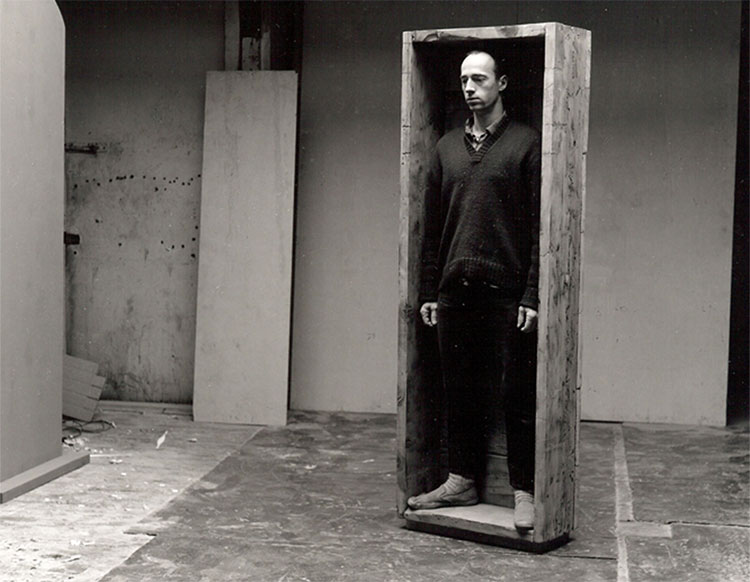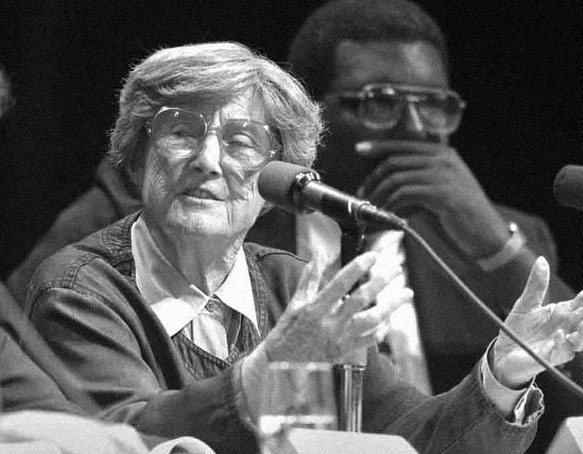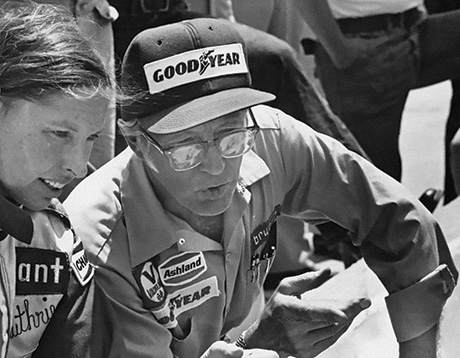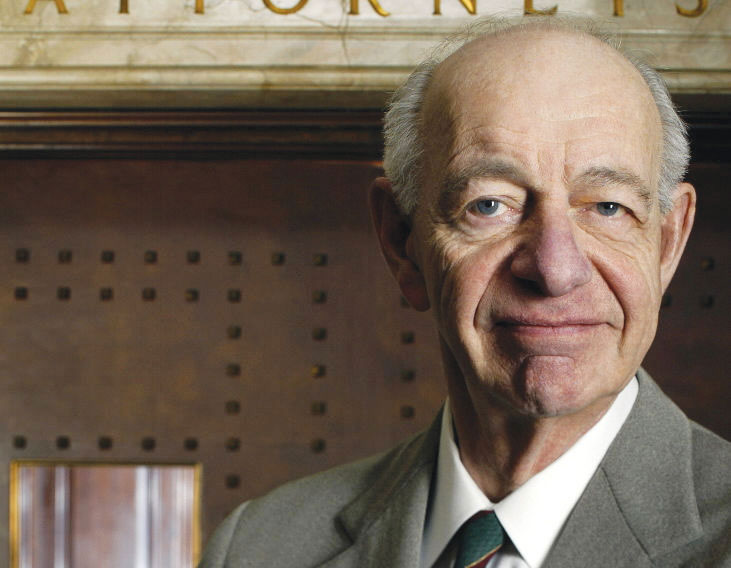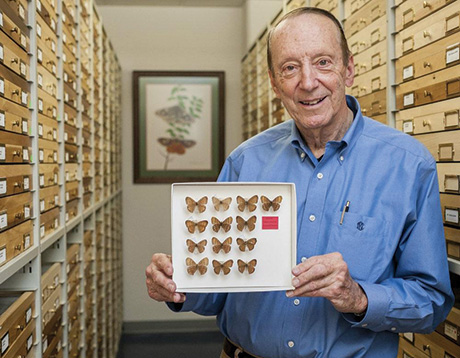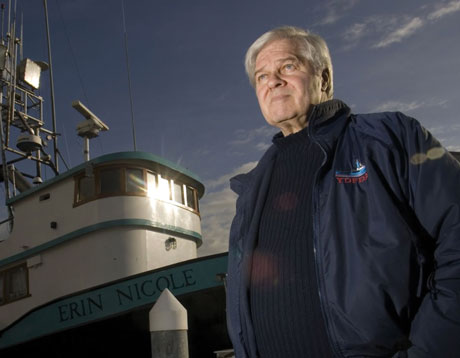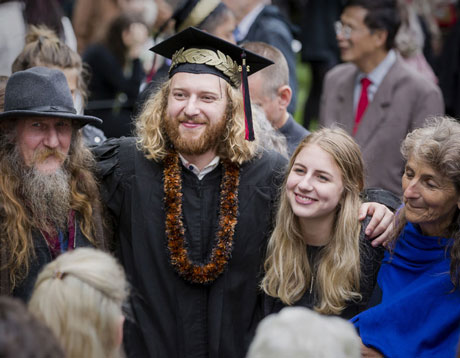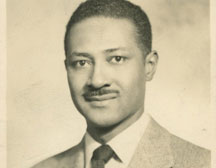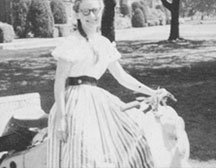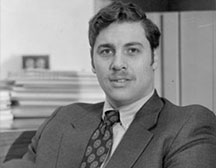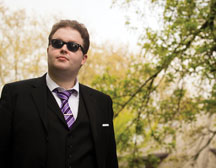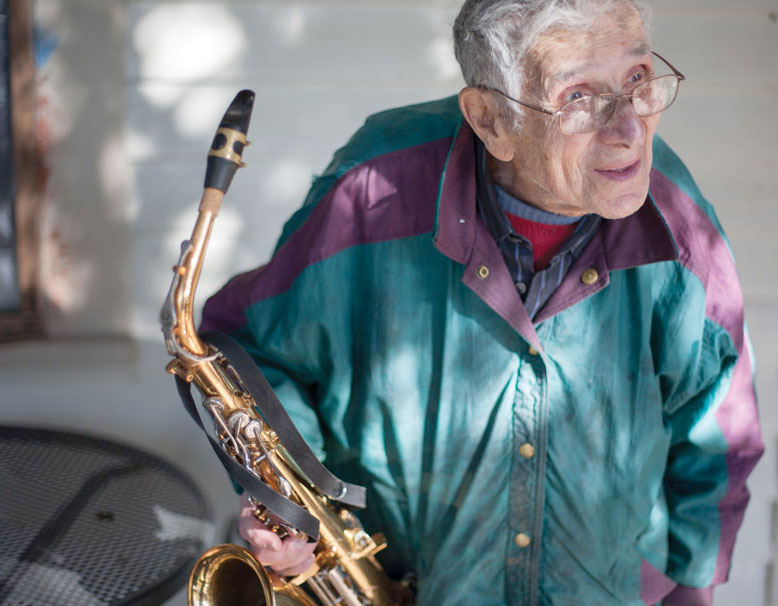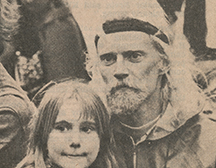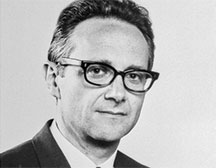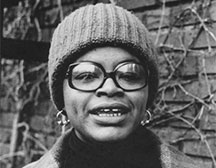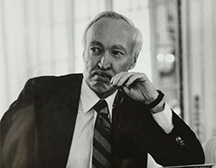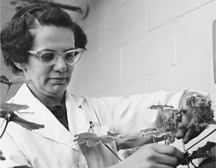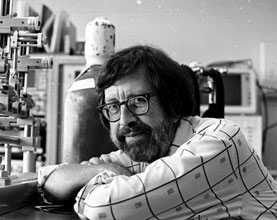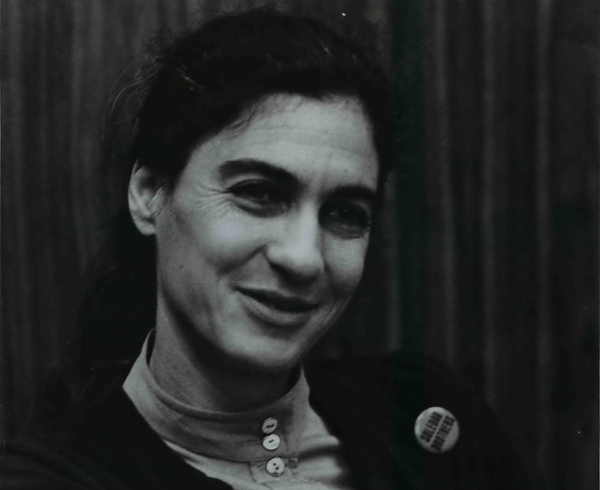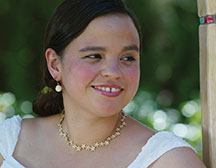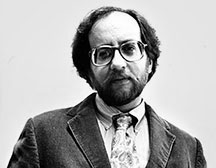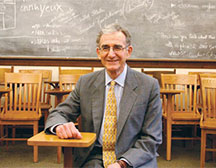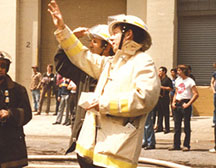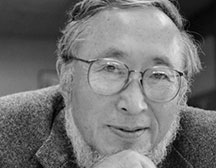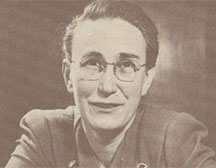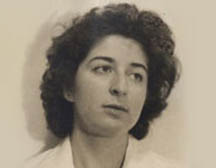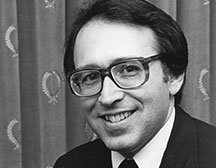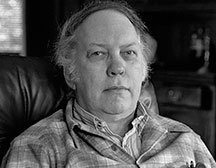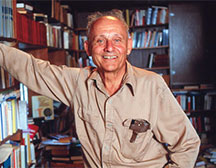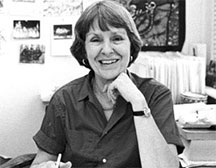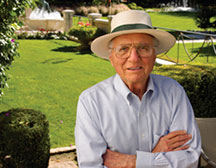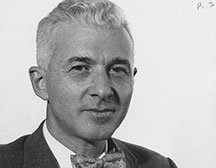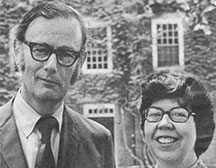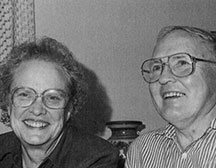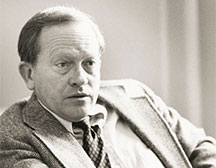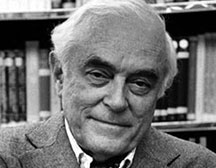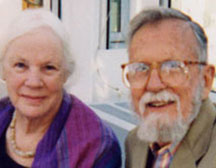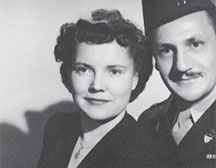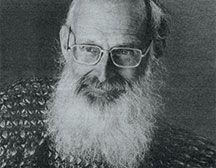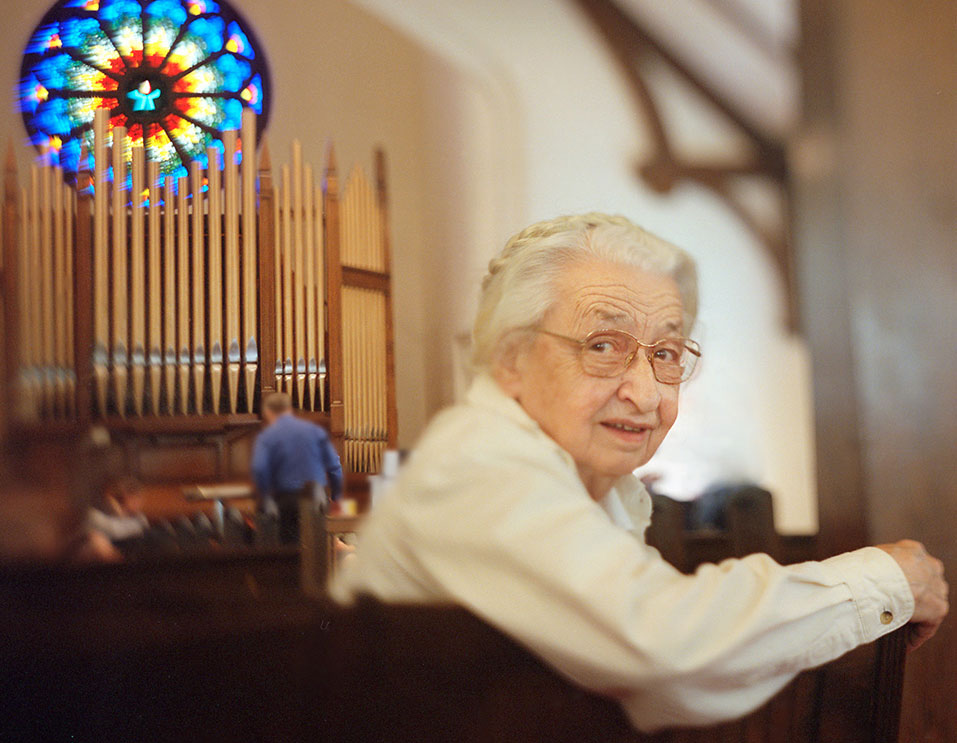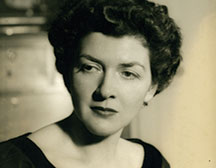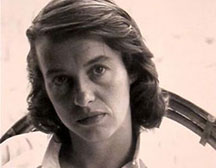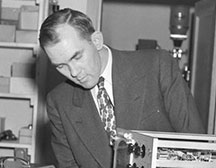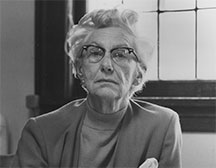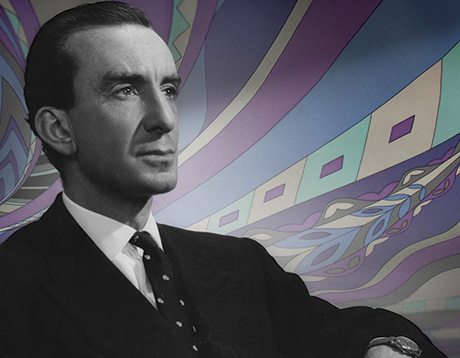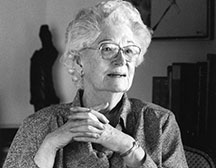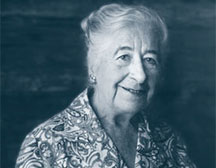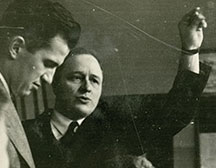The President Who Led Reed through Crisis of the ’70s
President Paul E. Bragdon [1971–88]
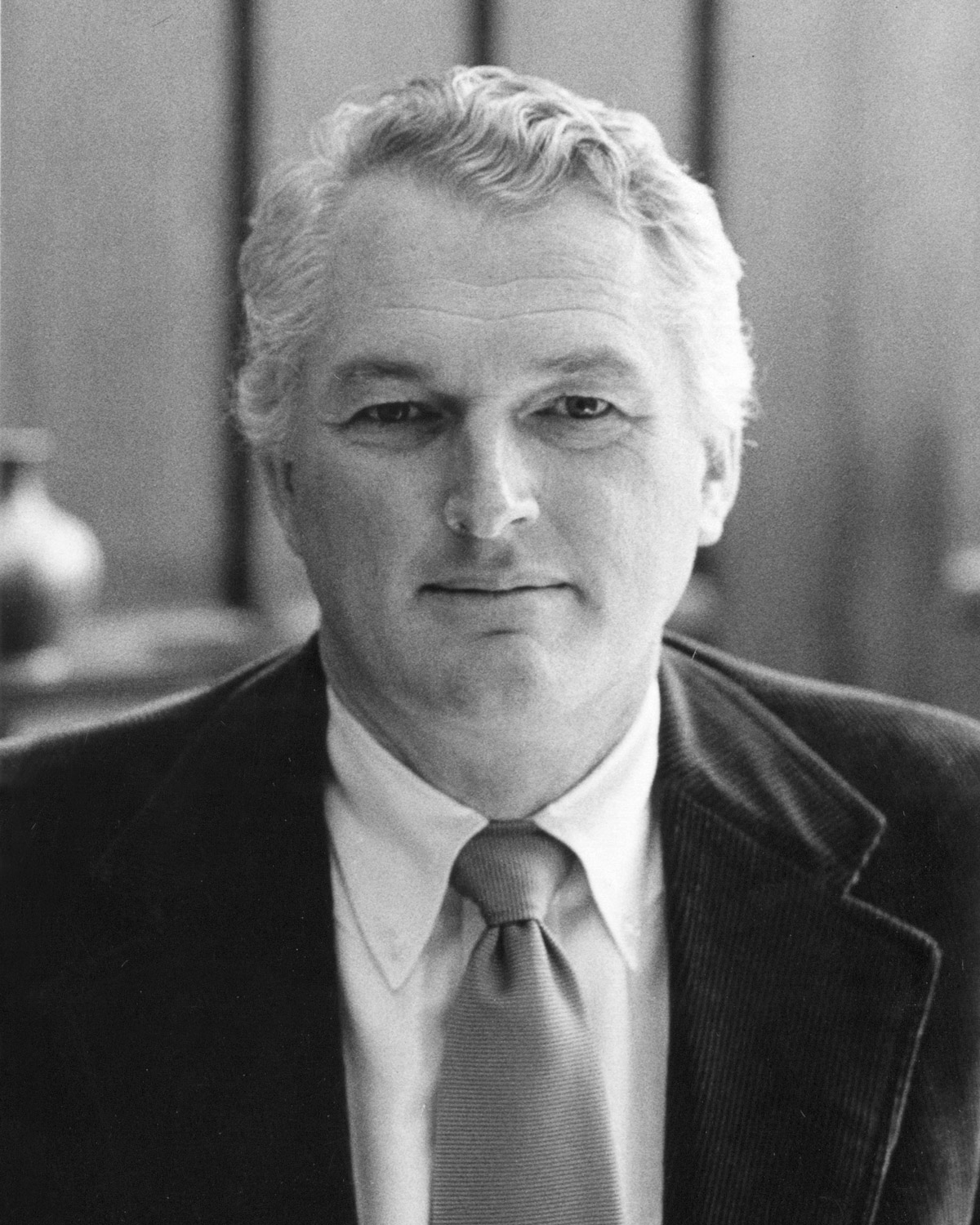
August 7, 2021, in Portland, of causes related to Alzheimer’s.
Paul E. Bragdon served as president of Reed for 17 years during some of the most tumultuous times of the college’s history.
He led Reed through a period of intense turmoil, arriving on campus in 1971 when the college teetered on the edge of insolvency. Under his guidance, the college stabilized its finances, rejuvenated the academic program, dramatically expanded support for students outside the classroom, and became a leader in the use of technology in the liberal arts. The admission office, which had existed in name only, was resurrected. The college built the studio arts building and the Vollum Center, and added a new wing to the Hauser Library. But Bragdon’s most important legacy was both less tangible and more far-reaching. In the era of Vietnam and Watergate, when college campuses became intellectual battlegrounds, when authority figures were regarded with suspicion, and when the relevance of the humanities themselves came under fire, he restored a sense of trust and purpose.
“Paul became president of Reed at an especially difficult moment in the college’s history, with multiple challenges that led some to question Reed’s viability,” says President Audrey Bilger. “With Nancy by his side, Paul’s caring and stalwart leadership allowed the Reed community to regain its strength and continue to offer its distinctive education in the liberal arts and sciences to the thousands of students who have chosen to enroll.”
After stepping down from the presidency in 1988, Bragdon led three other Portland institutions through critical periods: the Medical Research Foundation of Oregon, the Oregon Graduate Institute of Science and Technology, and Lewis & Clark College. But it was undoubtedly at Reed where he had the greatest impact.
“Paul Bragdon snatched Reed from the brink of disaster and put it on a solid footing,” says Prof. Lena Lencek [Russian 1977–]. “He introduced a system of accountability that stood the college in good stead going forward, and he reestablished its credibility with the East Coast establishment and with funding sources. He really performed a Herculean task in moving Reed out of one league into another. Bragdon was a real mensch.”
“To say that Paul Bragdon was a major figure in the history of the college would be a gross understatement,” says Prof. Peter Steinberger [political science 1977–]. “What he accomplished in bringing Reed back to a position of institutional strength and stability was nothing short of miraculous. Importantly, he did so while keeping a clear-eyed and unwavering commitment to the defining pillars of the college: an intellectually oriented student body and a faculty deeply dedicated to teaching such a student body. Our collective debt to Paul was, and remains, virtually incalculable.”
Bragdon was born in 1927 in Portland, Maine; his father was a traveling salesman, and his mother was a homemaker who made fudge to help the family through the Depression. He joined the Marine Corps at the age of 17 and was being drilled for the planned U.S. invasion of Japan when President Truman dropped the atom bomb on Hiroshima. After the war, the GI Bill made it possible for him to attend college, becoming the first in his family to do so. He earned a degree in political science from Amherst College and a law degree from Yale.
While practicing law in New York City, he became a leader in a grassroots reform movement in the Manhattan Democratic Party, aligned with Eleanor Roosevelt and former Senator Herbert Lehman. In 1958, he filed a primary challenge to the Tammany Hall candidate in the 8th District of the New York State Assembly, located on the Upper East Side of Manhattan. Bragdon and his insurgents ran a shoe-leather campaign, canvassing door-to-door to listen to constituents, many of whom had ties to Eastern Europe; the Tammany machine responded by sending bulldozers and backhoes to tear up the sidewalk outside Bragdon’s campaign headquarters. He prevailed in the primary but lost the general election with 49% of the vote.
Bragdon worked as press secretary for Robert Wagner, the progressive mayor of New York City, and later served as vice president for public affairs at New York University before coming to Reed with his wife, Nancy, an expert on child development, and their three children, David, Susan, and Peter, in 1971.
They found a campus beset by troubles. The faculty was deeply divided after bitter debates over Humanities 110 and the Black Studies program. Attrition was high. The admissions office was a fiction. The college had chewed through three presidents in four years. And the financial situation was perilous. The endowment had dwindled to $4.4 million, barely the size of the annual budget. In the public announcement of Bragdon’s appointment, the trustees noted “the extreme need to obtain more operating income for the college.”
In private, the assessments were stark. “There was gossip in higher education that Reed was either bankrupt or going bankrupt,” Bragdon said in an interview for the oral history project in 2003. “The truth was, there was no liquidity; the college was dependent on tuition and the number of students who came.”
Early in his tenure, the college’s treasurer, Lloyd Peterson, told him that the college would soon run out of money. “In eighteen months it’s all over unless something happens to change this situation,” he recalled Peterson saying. “Then the investigation will begin about how this came about.”
Presiding at the first meeting of the faculty that year, Bragdon reaffirmed his commitment to Reed’s tradition of academic excellence and declared his conviction that the college could make a comeback—if it renewed the curriculum, strengthened student support, and maintained its high standards.
It was a critical moment. The barons of the faculty, who had kept the flame of Reed alive through years of shoestring budgets, were suspicious of any move that smacked of administrative expansion. But Bragdon’s steady hand inspired confidence. That year, supporters gave Reed $750,000. Three years later, the annual total was $2.4 million. The endowment, which stood at $4.4 million, swelled to $16 million— a feat made possible because Bragdon resisted the temptation to spend major gifts immediately and instead put them in the endowment, where they would generate income forever. In the 1980s, Bragdon launched Reed’s first capital campaign, raising a remarkable $65 million.
“One of Paul’s greatest accomplishments was earning the support of Portland-area business leaders like John Gray, Dick Wollenberg, Don Frisbee, and Ed Cooley, who provided formidable financial and strategic support for the college,” says former President Colin Diver, who served as president of Reed from 2002 to 2012.
Bragdon worked hard to communicate openly with trustees, professors, and students, even when the message was not what they wanted to hear. “I thought it was very important that I speak to all constituencies in such a way that there would be a common understanding of what the situation was, what our goals were,” he said.
As the financial crisis eased, Reed was able to strengthen support for students, faculty, and the campus environment. The first fully funded chairs were created, and a program of visiting professorships was introduced. Reed embraced technology and became a leader in the use of computers in the humanities. The curriculum was expanded to include more offerings in Spanish, Chinese, art, and art history. The senior symposium, a fixture of the curriculum in earlier years, was restored as an elective.
This momentum allowed Reed to construct a new studio arts building and Vollum College Center—with a big lecture hall, classrooms, and faculty offices. Construction began on a major addition to the Hauser Library, including the Cooley Art Gallery. The college purchased an apartment complex adjoining campus and renamed it the Reed College Apartments.
Bragdon also led the move to professionalize the administration of the college. When he arrived, many key functions, from admissions to student support to career counseling, were essentially run by the faculty in their spare time. Sometimes this was a happy arrangement, but in many cases the professors were given neither the training nor the necessary resources—a recipe for burnout. Under Bragdon, many of these functions were transferred to administrators, which gave professors more time to focus on teaching and research, but which also distanced them from day-to-day decisions about how the college operated.
Bragdon also championed the expansion of student services from individual crisis response toward a coordinated effort to improve the quality of students’ lives outside the classroom. These steps—some of the most significant actions of Bragdon’s tenure—generated immediate controversy. Critics accused him of “nannying” students and violating Reed’s tradition of student autonomy. Nonetheless, the increased emphasis on well-being, counseling, career advising, tutoring, and other support paid off. The four-year graduation rate—which was less than 25% when Bragdon arrived—had improved to 42% by the time he departed.
Bragdon navigated Reed through periods of intense social unrest. In 1971–72, students took over Eliot Hall to protest the Vietnam War. In 1985–86, they protested against Reed’s investments in U.S. multinationals that did business in South Africa and locked Bragdon out of his own office for several days. In each case, Bragdon shouldered the Sisyphean task of finding common ground among protestors and trustees.
Even in adversity, Bragdon never lost faith in Reed students. In the mid-80s, he was the subject of a biting satire in the Quest casting him as a power-crazed mafia don. A few weeks later, he and Nancy were driving to campus for a reception when they spotted the author of the column, Marty Smith ’88, who had run out of gas on SE 28th Avenue, blocking traffic. The Bragdons pulled over, hopped out, and helped Marty push his vehicle—a lumbering Dodge Dart—to the curb. Then they lent Marty the keys to their car and continued to campus on foot.
No account of Bragdon’s time at Reed would be authentic without Nancy Bragdon. An accomplished child-development expert and author in her own right, she taught at Portland Community College and served on the staff of Portland Arts and Lectures. She also played a critical role behind the scenes, as did so many women in Reed’s history, developing vital relationships on campus with students, professors, and staff; her warm, outgoing personality was the ideal counterweight to Paul’s New England reserve. It was she who helped Paul grasp what some senior professors refused to acknowledge—that many students weren’t thriving at Reed because they weren’t getting enough support. This was not a theoretical issue to the Bragdons; they made their basement available—rent free—to generations of students in need of crash space.
After leaving Reed in 1988, Bragdon served as director of educational policy and planning to the governor of Oregon, and then as president of the Medical Research Foundation of Oregon (MRF), which supported biomedical research. He engineered a merger of the MRF with Oregon Health & Science University, strengthening both institutions.
Soon thereafter, the Oregon Graduate Institute of Science and Technology (OGI) hired him as president to confront a financial crisis. Bragdon applied many of the lessons of his time at Reed, establishing stability, putting financial and budgetary controls in place, reorganizing the administration, and developing a new strategic plan that ultimately led to the merger of OGI into OHSU as the OGI School of Science and Engineering at OHSU.
In 2004, OHSU conferred on him the honorary degree of doctor of science. “His vision has laid a basis for the Medical Research Foundation, the Oregon National Primate Research Center, and the Oregon Graduate Institute to play critical roles in Oregon Health and Sciences University . . . and . . . the mission of each component has further strengthened the mission of the whole, creating an irresistible force of advocacy for education and science research . . . ”
Bragdon also received honorary degrees from Reed, Amherst College, Whitman College, Lewis & Clark College, and Pacific University. In 1987, he was selected as one of the 100 most effective college presidents in the nation in a study by James L. Fisher, president emeritus of the Council for Advancement and Support of Education, author of Power of the Presidency (1984), and coauthor with Martha Tack and Karen J. Wheeler of The Effective College President (1988).
In retirement, Bragdon invested more time in his role as founding chair of the Library Foundation, established to support the Multnomah County Library, which was then engaged in adding new branches and renovating the historic central library. He was later honored by the Library Foundation with the creation of the Paul E. Bragdon Library Leadership Award; he was named as its first recipient.
Bragdon was tapped to be interim president of Lewis & Clark College in 2004, after the unexpected resignation of its previous president; he served in that role for a year, steering that college through a critical phase in its development.
Long after he left Eliot Hall, Paul and Nancy held a special place in the Reed community.
“Soon after I arrived at the college, I visited Paul and Nancy in their Portland home,” says President Bilger. “Paul’s care for the college, his deep commitment to Reed students, and his abiding faith in the power of education were palpable. He shared stories of his long history at Reed and particularly fond memories involving the many Reed students who lived at the Bragdon family home with their three children. Paul’s primary intention, however, was in how he could help and support me in my new role.”
“When I came to Reed as president, I was a bit concerned to discover that my longest-serving predecessor lived literally down the street,” says former President Colin Diver. “I feared he would be constantly looking over my shoulder. But Paul never once offered unsolicited criticism, only solicited advice and endless encouragement. Paul and Nancy were living, constant inspirations to me and my wife, Joan. Striving to live up to their example was never easy, in fact impossible, but always worth the effort.”
In 1998, more than 300 well-wishers descended on campus to celebrate the opening of a spacious brand-new residence hall on the north side of the Reed canyon that was named Bragdon Hall—a fitting tribute to his profound impact on Reed and on the lives of thousands of alumni whose education would not have been possible without him.
Never one to toot his own horn, Bragdon always credited others when he talked about Reed’s accomplishments. In his final meetings with the faculty and board of trustees, he cited the foundation laid by the common effort through the years, and expressed his confidence that the “best years for Reed lie still ahead.”
He is survived by his wife Nancy and their children, Susan, Peter, and David (MALS ’09), and grandchildren.—Chris Lydgate ’90
Appeared in Reed magazine: September 2021

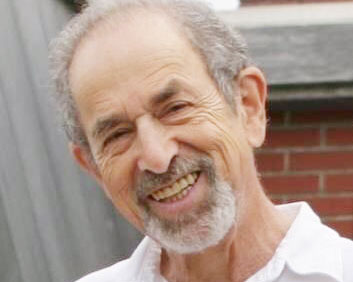
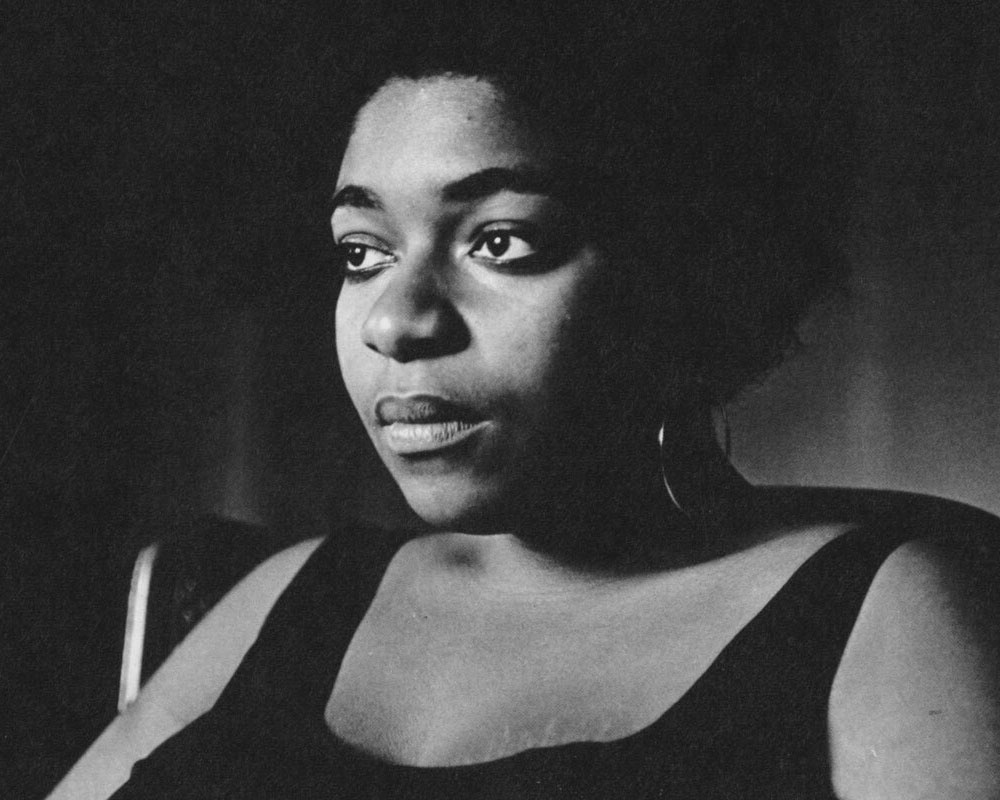
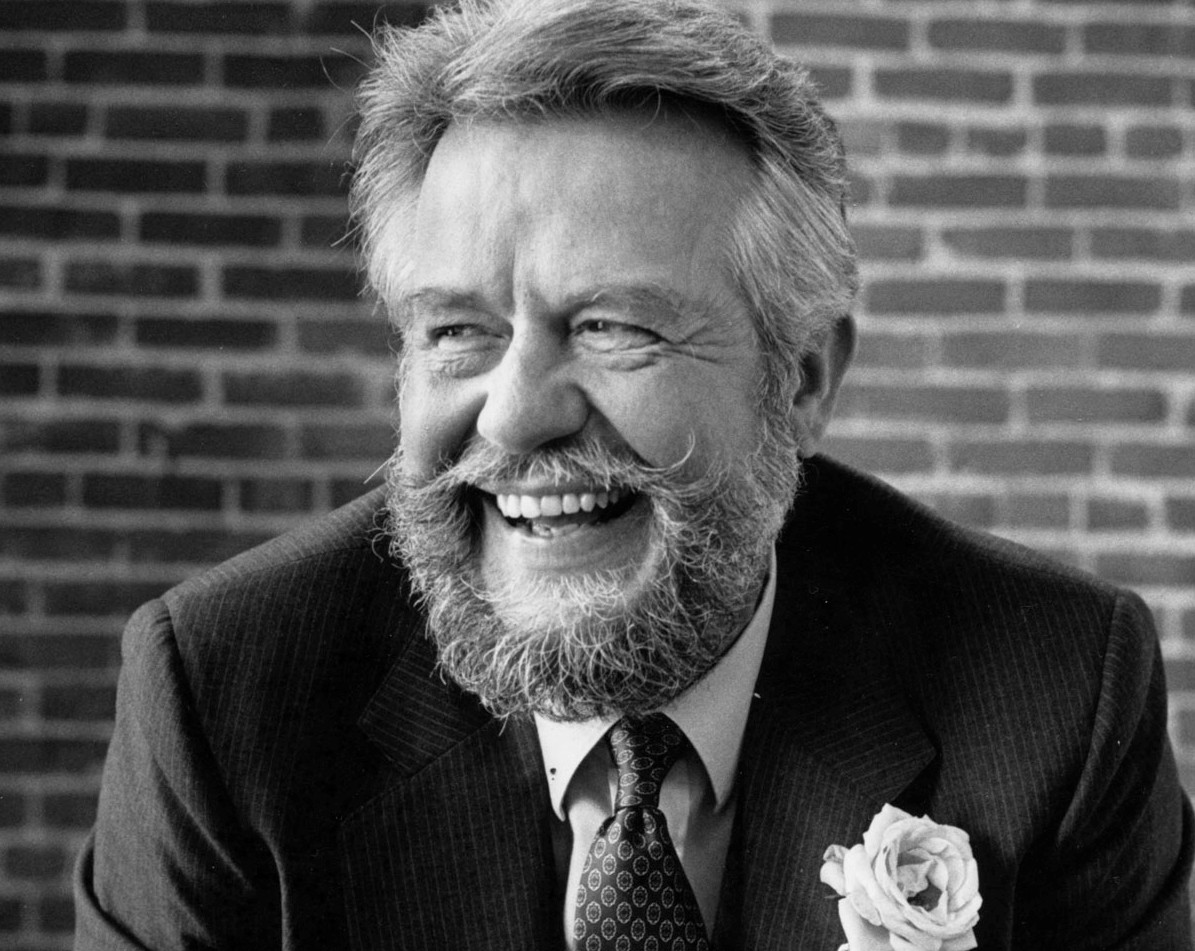
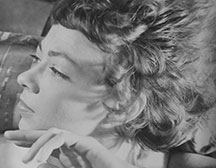
![Photo of Prof. Marvin Levich [philosophy 1953–94]](https://www.reed.edu/reed-magazine/in-memoriam/assets/images/2022/LTL-levich1.jpg)
![Photo of President Paul E. Bragdon [1971–88]](https://www.reed.edu/reed-magazine/in-memoriam/assets/images/2020/Bragdon.jpg)
![Photo of Prof. Edward Barton Segel [history 1973–2011]](https://www.reed.edu/reed-magazine/in-memoriam/assets/images/2020/Segel.jpg)
